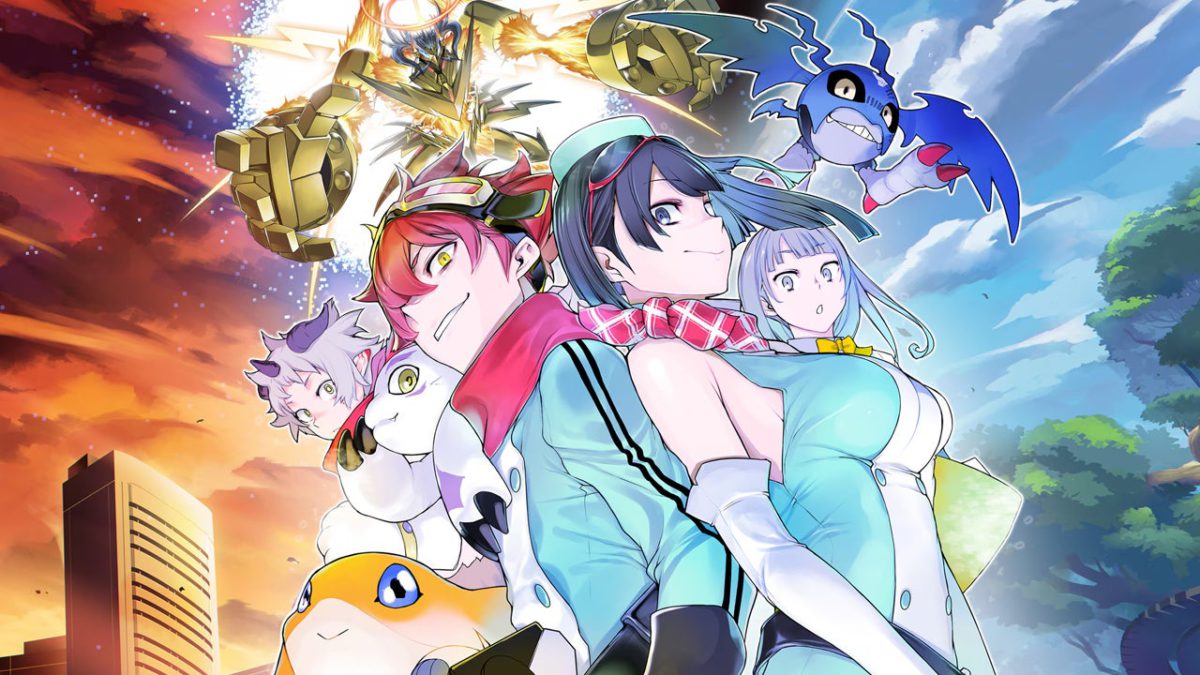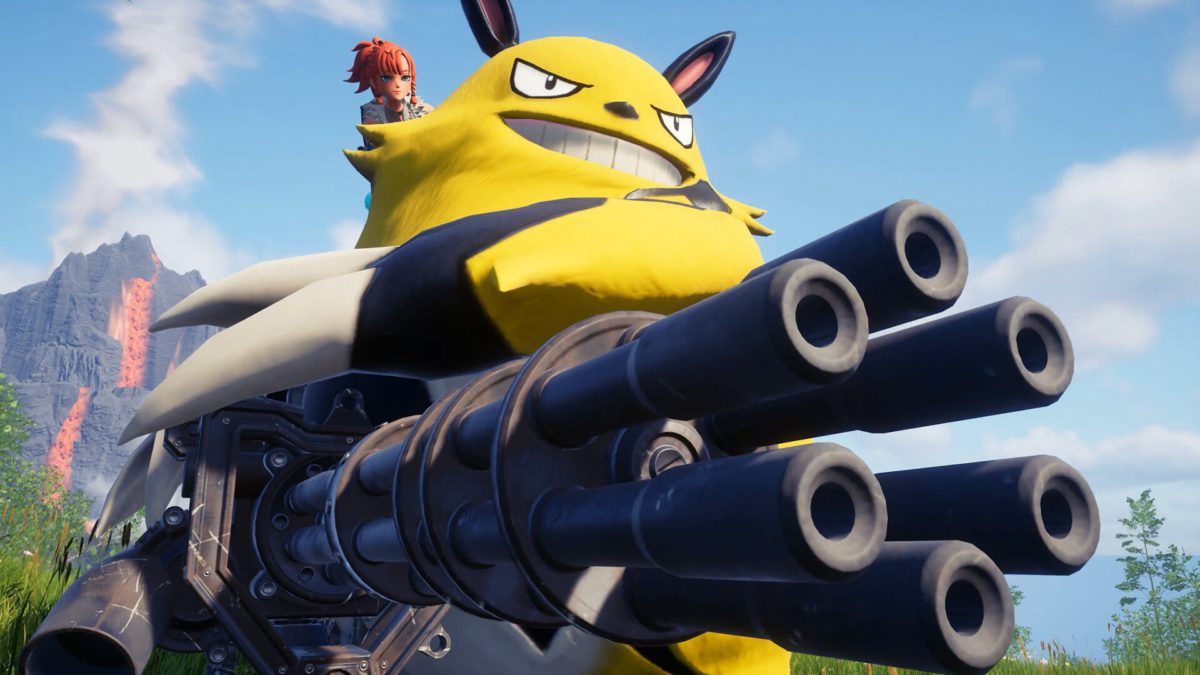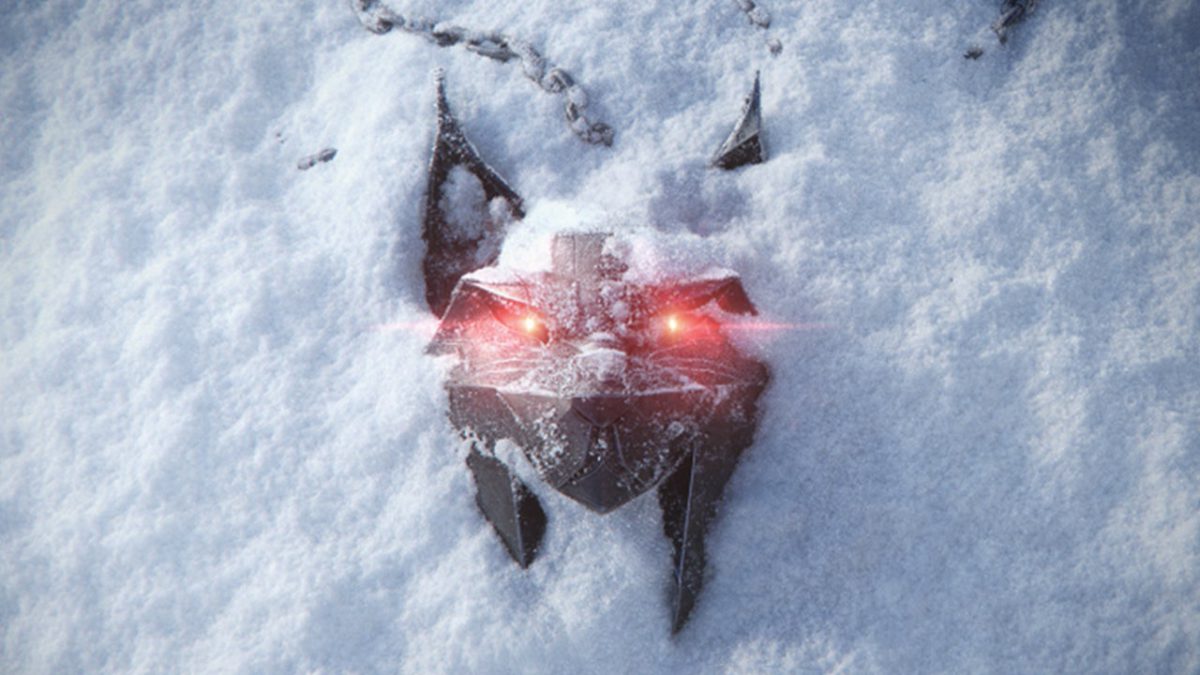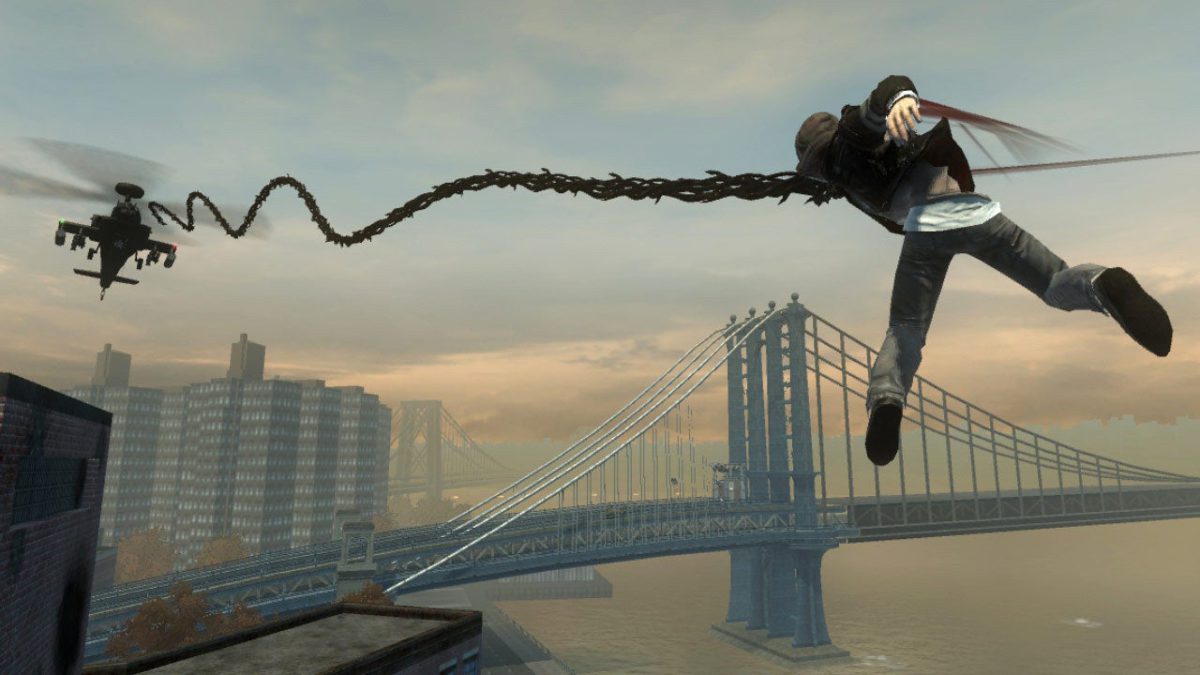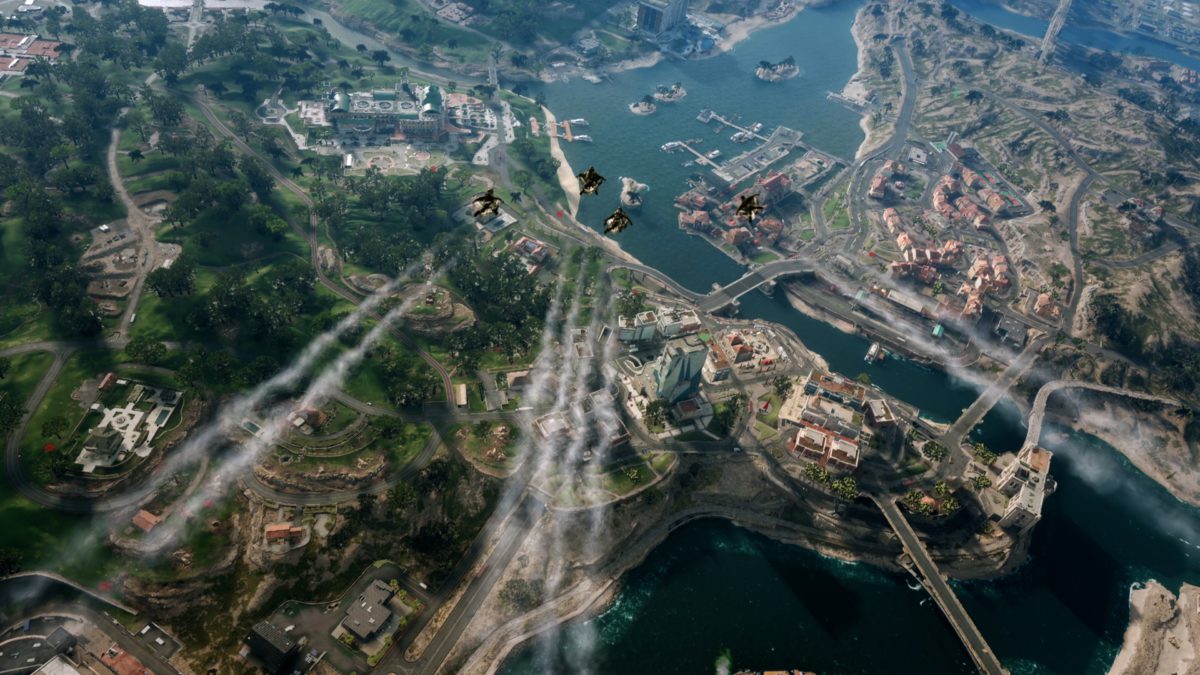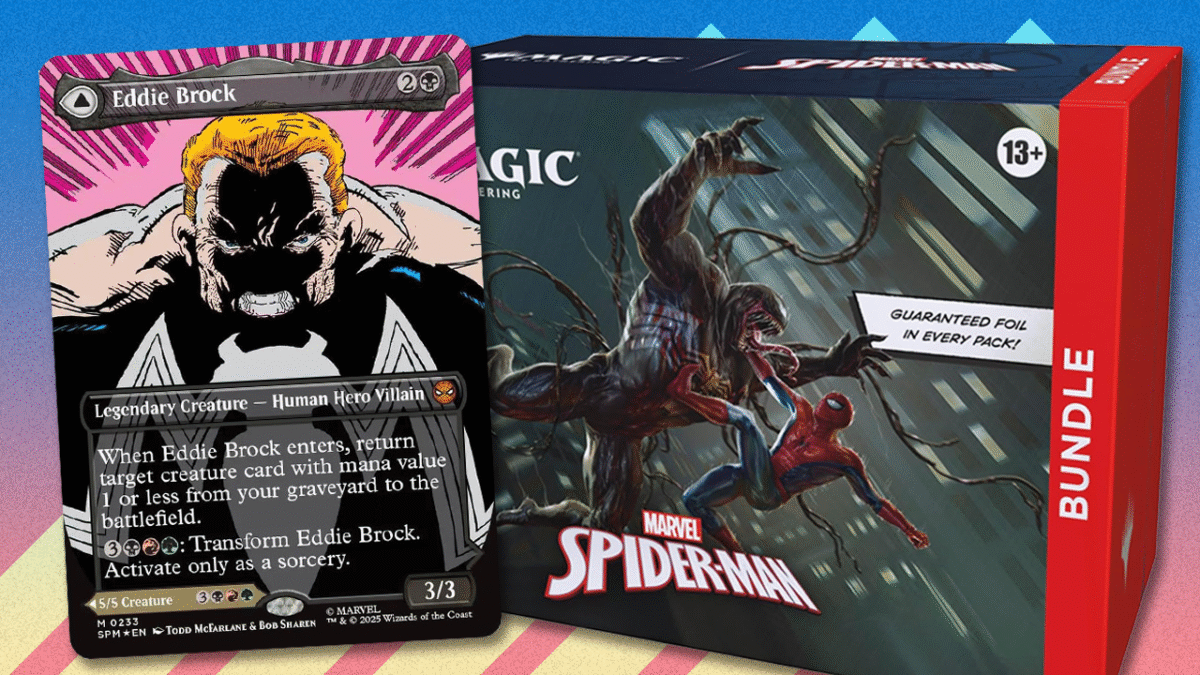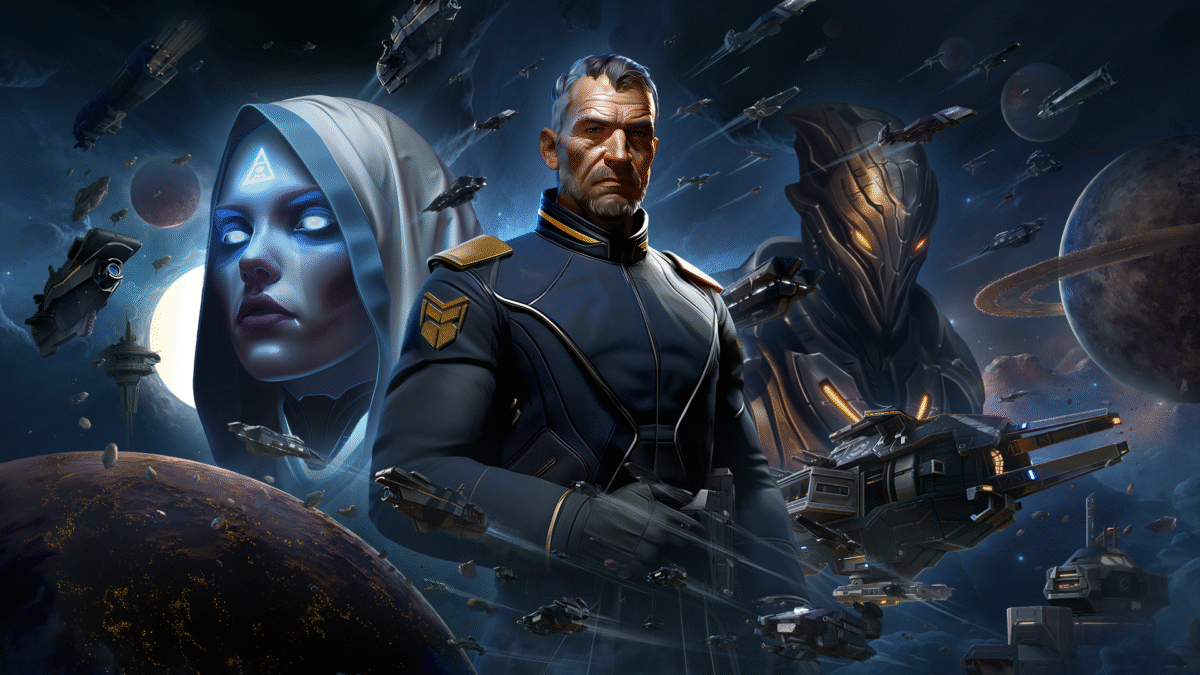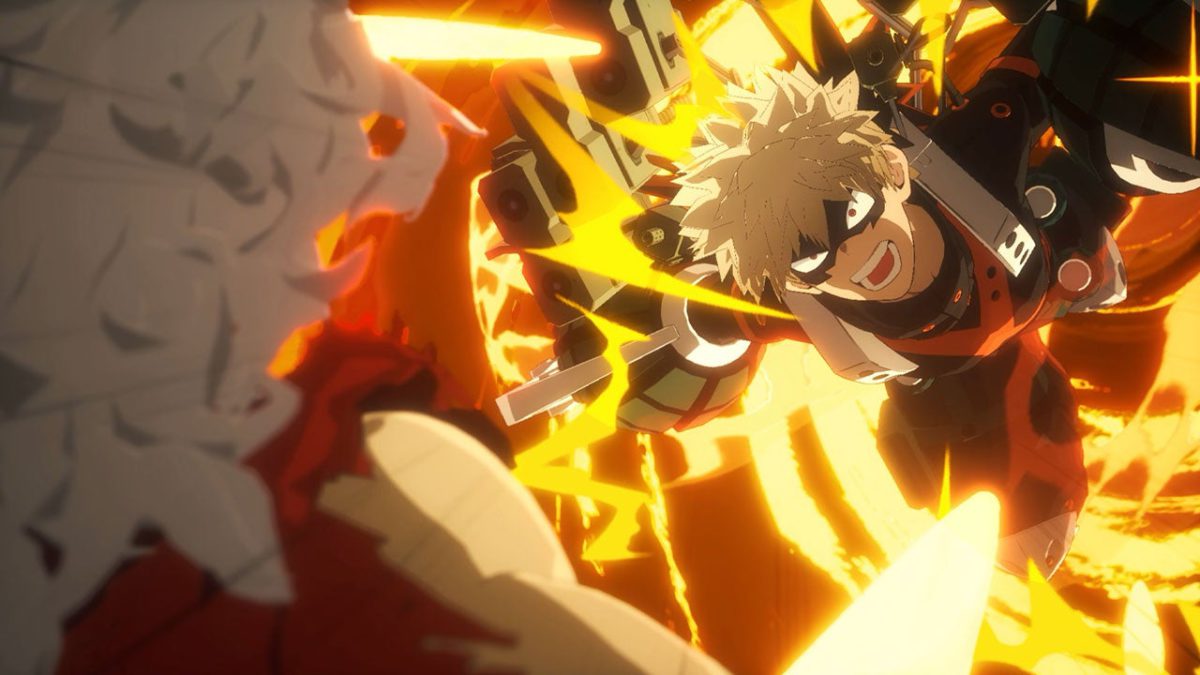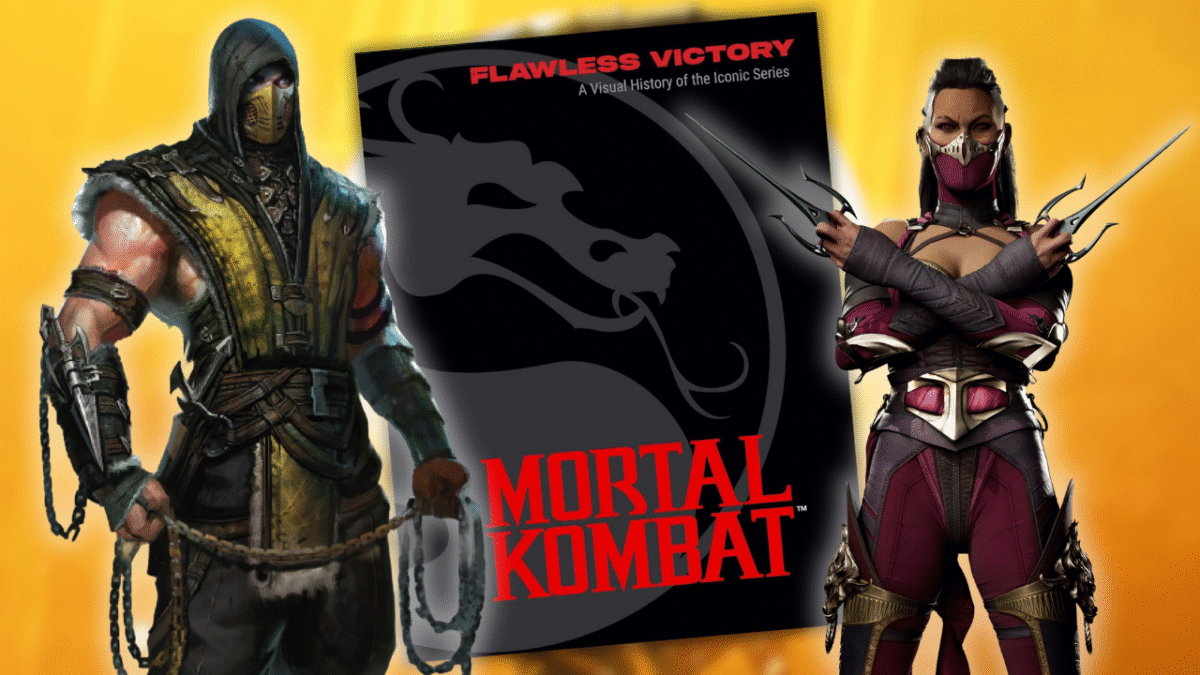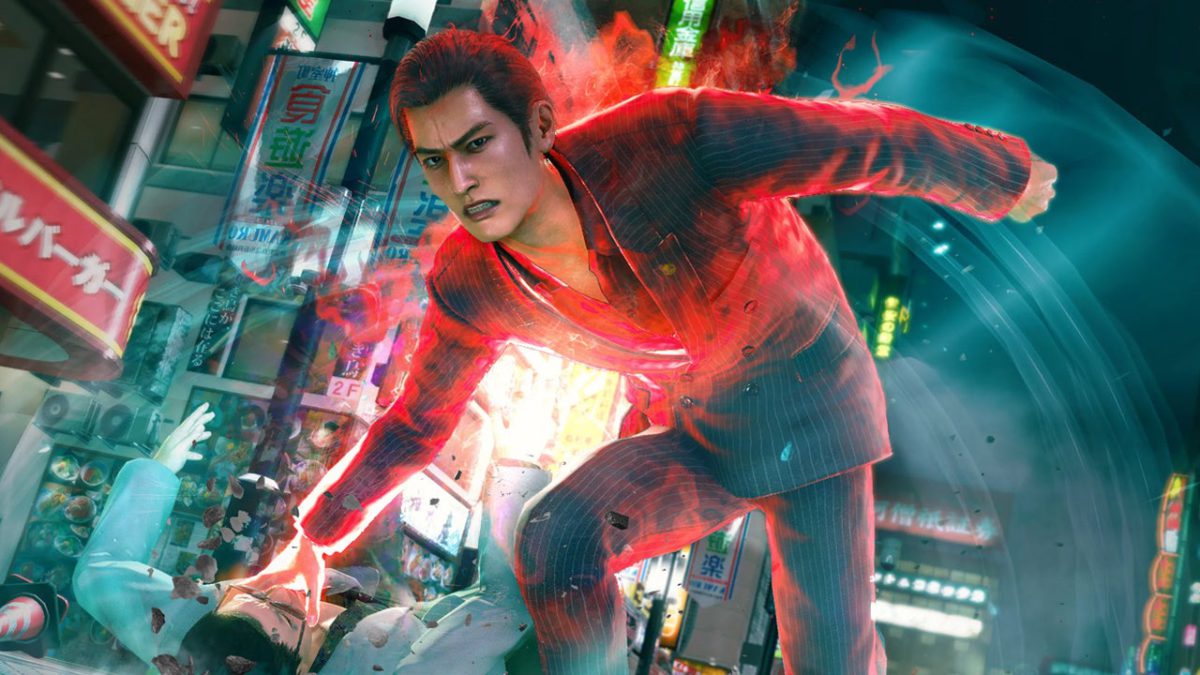
Like so many ‘90s kids, I watched my fair share of monster taming TV shows growing up, Digimon included. And while an 8-year-old George enjoyed Digimon World 3 on PlayStation 2, it was 2015’s Digimon Story Cyber Sleuth (and 2017’s more refined Hacker’s Memory) that renewed my current interest in the series. I felt a sense of nostalgia playing it, and its unique evolution systems made it stand out amongst Pokemon’s omnipresent domination of the genre. A decade later, Digimon Story Time Stranger builds on that same foundation, but this time with a much bolder story that pays off well and a mostly compelling cast of characters. Combine that with engrossing turn-based combat and monster collecting mechanics, and Time Stranger shines as one of the best Digimon RPGs to date.
Time Stranger follows a nameless secret agent protagonist who, after experiencing an apocalyptic clash involving Digimon called the Shinjuku Inferno, gets transported eight years into the past in order to find a way to prevent it. It’s an explosive start to the story and one that grabs your attention immediately. Things get a little more straightforward from there as you quickly meet Inori Misono, a regular girl who just so happens to become intertwined with a humanoid Digimon named Aegiomon who conveniently has amnesia. The trio set forth to uncover his mysterious origins from there, and as sappy as the script is – both of them constantly declare that they’ll “protect each other no matter what” – Inori and Aegiomon’s bond is tested in a way that ultimately sticks the landing.
One minor disappointment is that our protagonist is silent, which oftentimes leads to the more emotionally impactful scenes falling a bit flat. Shinjuku’s law enforcement group, the Public Safety team, helps out our trio quite a bit during the story, but their personalities don’t have enough depth to carry conversations on their own, making them quite forgettable. The only one who sticks out is the scientist, Monica Simmons, mainly due to her having the most presence in cutscenes. The others, like Kodai Kuremi and Shota Kuroi, I couldn’t really tell you a thing about, much less remember what they even looked like.
However, the Digimon characters do the heavy lifting here. The story revolves around Olympus XII, a group of twelve Mega-level deity Digimon that manage the Digital World. Their personalities are larger than life and a stark contrast to the boring humans in Public Safety. I enjoyed Bacchusmon’s lackadaisical and hungry antics, as he’s based on the Roman god of wine. Vulcanusmon, based on the Roman god of fire and the blacksmith of the group, loves action figures. These interests and habits give them an immense amount of charm. Despite being literal gods, they all feel down to earth and relatable in some way.
Time Stranger also does a fantastic job of using its time travel elements to flesh these Digimon out further across its 30-40 hour campaign. For example, smaller Digimon you meet in the past end up playing pivotal roles later on, growing both physically and emotionally when the protagonist eventually has to go back to the present. You see them mature into their Digivolved forms as they tell you how much of an impact you made on their lives.
Digimon Rumble Arena
Time Stranger’s combat sticks to a traditional but amusing turn-based RPG system, playing out more like Shin Megami Tensei or Dragon Quest Monsters rather than the simultaneous choices of something like Pokemon. You can have three Digimon accompany Aegiomon out on the field at once, not to mention up to three special guest Digimon that will temporarily fight alongside you for various story reasons, as well as three more slots that hold your reserve options.
It can be a bit of a chore to manage a potential total of seven Digimon at the same time (although you can’t directly control those guest Digimon), but Time Stranger has plenty of quality-of-life features to smooth the process over when you’re not taking on its more pivotal fights. You can speed up the pace of battle and its animations by 2x, 3x, and 5x, as well as turn on auto-battle and let your Digimon act on their own in case you want to quickly streamroll over regular enemy encounters.
I really like the multi-layered weakness system Time Stranger has going on. There are three primary attributes (Data, Virus, and Vaccine) that have a rock-paper-scissors relationship with each other: Data beats Vaccine, Vaccine beats Virus, and Virus beats Data. On top of this, each Digimon comes with elemental weaknesses too, like Fire, Planet, Earth, and Water. If a Vaccine-type Digimon hits a Virus-type Digimon, it’ll do 150% more damage, but if the attack is a Light-elemental one and the opponent is Dark-elemental, then the multiplier will be even higher, up to 400% from what I’ve seen so far. It’s nothing revolutionary, but it’s still a fun puzzle to take advantage of these attributes and elemental systems to create complex strategies and dispose of enemies efficiently. You’d be surprised at how fast even bosses can drop when you come up with a good plan.
Fortunately, you won’t need to memorize every single attribute and elemental match up. While weaknesses are unknown when you first encounter a new Digimon, hitting them with attacks will reveal them, and you can double check that information during battle before making a move from then on. It feels like a guessing game, but a fair one. Encountering new Digimon with initially unknown combinations of weaknesses and resistances constantly switches up battles to prevent them from feeling stale.
There are more than 450 different Digimon that could potentially join your team, and each one has a few special skills which are unique to them. For example, IceDevimon’s Frost Claw is an Ice-elemental attack with life-stealing capabilities, while MegaKabuterimon’s Horn Buster is a Plant-elemental attack that also reduces the opponent’s speed stat. These moves have unique attack animations as well, giving each Digimon a bit of cool individuality.
Your Digimon can also equip up to four attachment skills using Skill Discs, which essentially function the same as TMs in Pokemon. However, there are no restrictions for which moves a Digimon can learn, so you have unlimited freedom in how you want to build out your team. My Lilithmon, for example, has Holy Light III equipped, giving her a way to hit other Dark-elemental Digimon for big damage despite them being immune to her special skill, Phantom Pain. This way, you can prepare your Digimon to be as well-rounded or as specialized as possible, whichever you prefer.
During the course of battle, you’ll accumulate Cross Points, or CP. Once your CP bar is full, your human agent can unleash a powerful move called a Cross Art. These can range from doing massive damage to all enemies, concentrating a blast on a single one, and even fully healing your party. The one baffling caveat is that you can only equip one Cross Art at a time, so if you go into battle equipped with the wrong one, you’re screwed. This could’ve easily just been a dropdown menu during battle to select whichever Cross Art you wanted in a particular situation, especially because the limitation meant I only ever switched between Burst for regular enemy encounters and Strike for boss battles. The former wipes out groups of enemies quickly while the latter can reliably break a boss’s concentration as they charge up their deadly ultimate attack. It was difficult to find a moment where I ever wanted to use the more defensive Cross Arts.
Digivolve to…
Digimon’s unique evolution mechanic, dubbed Digivolving, is core to Time Stranger’s progression. Each Digimon has multiple evolution lines that you can constantly Digivolve and De-digivolve through, but they have to meet certain requirements to do so. These can include your Agent Rank, reaching a specific stat threshold, and more. This faster approach to evolution feels much more immediately gratifying, even if there’s still some level grinding involved to get a Digimon to meet certain requirements. You’re rewarded for constantly evolving and devolving, too, as the cumulative stats are passed down to the next Digimon, and I really enjoyed clicking through the menus to see which Digimon were ready to go again right after transforming.
As for how they’ll join your team in the first place, you automatically scan Digimon for a certain percentage amount every time you defeat them. Once a specific type reaches 100%, you can convert it to join your team – however, if you wait until that progress reaches 200% first, it’ll come out more powerful. It’s nice to not have to worry about knocking out a creature by accident if I want to add it to my available roster, as I can just concentrate on what I do best instead, which is winning battles.
With only six slots in your active party, you’re inevitably going to have multiple copies of the same Digimon filling up your overflow box. But that’s a good problem to have! For instance if you have two Agumons, you can Digivolve one into Greymon and the other into GeoGreymon and see how their evolution lines divert from there. It’s almost like a fun gacha game without the predatory randomness elements. Sometimes a Digimon’s portrait is blacked out in the evolution tree, and reading the requirements makes you incredibly curious to see what it could be. And even if you’ve exhausted all possible evolution paths for a specific kind of Digimon, Time Stranger still lets you put them to good use: You can break them down into materials that grant your more useful Digimon extra EXP, or grind them into money to buy items. It may be cruel to get rid of these sentient digital beings so callously, but given the current state of AIs in the real world, I didn’t feel much sympathy.
Time Stranger also introduces Personalities that influence stat growth, acting similar to Natures from Pokemon. There are four different categories – Philanthropy, Valor, Understanding, and Heart – that each have four specific Personalities within them. For instance, Understanding revolves around the Intellect stat, which makes magic attacks stronger, but a Digimon with a Sly Personality will see boosts in both Intellect and HP while one with an Enlightened personality will gain more Intellect and SP. This nuance adds a lot more depth to party-building and tickles the min-maxing part of my brain. Thankfully, you can also influence and change your Digimon’s Personalities by replying to the text messages they’ll occasionally send you (yes, they can do that), giving you some control over that aspect.
A staple of the Digimon Story series, the Digifarm, returns to help with this as well. By placing your Digimon here, they can roam around and gain EXP on their own. You also have more direct control over how their stats and Personalities change while there. For example, my Cyberdramon didn’t have a high enough speed stat to Digivolve into its next form, so I had him run on a treadmill in the Digifarm until it was. I even sped up the process by paying in-game yen instead of waiting out the 15-minute increments. Leveling Cyberdramon naturally would’ve taken too long and waiting for it to finish on the treadmill was even slower, so I was happy to be able to pay my way out of it. (Don’t worry, there are no real-money microtransactions.) You can also feed your Digimon food here to further increase your bonds, which gives them a higher chance of executing follow-up attacks in battle, and that can sometimes be the difference between victory and defeat.
Time Stranger offers plenty of side activities to do, too. While the side missions are usually just fetch quests, they at least offer a cute glimpse into how Digimon behave in their world. The character models for all of the Digimon look sharp and pristine, with the Digital World having varied environments to explore, from the coastal beach and aquarium vibes of the Abyss to the rustic nature aesthetic of the Gear Forest. It’s a drastic improvement over the previous Digimon Story games, and I enjoyed running around and taking in the sights of Digimon just going about their day. You’ll also find Outer Dungeons hidden away, which are challenges you can take on to earn reward money – and some of the toughest ones are fun ways to test out your end-game party.
Moreover, many side quests offer a crucial reward: additional Anomaly points outside of story missions. You spend these points on skills and abilities for your protagonist, such as unlocking more Cross Arts or decreasing certain Digivolution requirements. Spending them also increases your Agent Rank, which is often a Digivolution requirement itself. At higher Agent ranks, you can start Digivolving your Digimon into their Ultimate and Mega forms, which is important in order to tackle the more powerful bosses towards the end. Tucking away such an important resource behind side missions pushed me to meaningfully engage with content outside of the main story in a way I liked. The Anomaly points earned from completing story missions are just enough to keep you on par with the standard pace of difficulty, but if you really want to discover more Digimon and collect ‘em all, the side missions are well-worth doing.
And because every RPG needs to have one, Time Stranger also features a card-based minigame that uses artwork from the actual Digimon Card Game in real life. Depending on how many rounds you win against an opponent, you can nab the corresponding amount of cards from their deck as prizes. Strangely, there aren’t any tangible rewards like items that could be useful in battle or anything like that, so it’s only really a game you’d play as a distraction.

